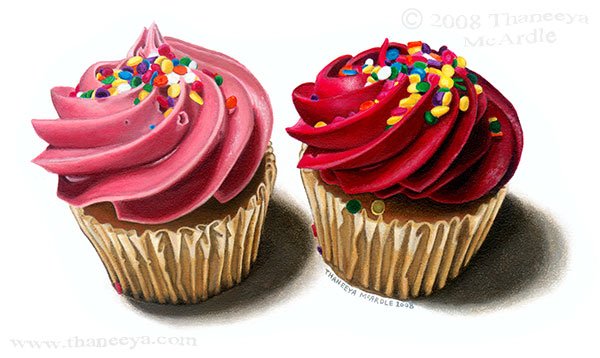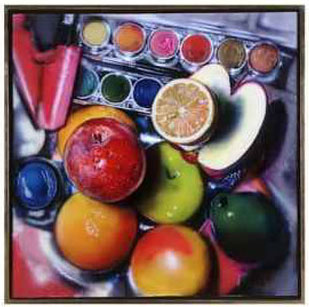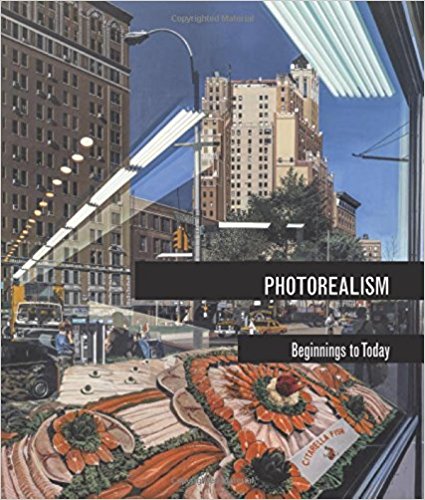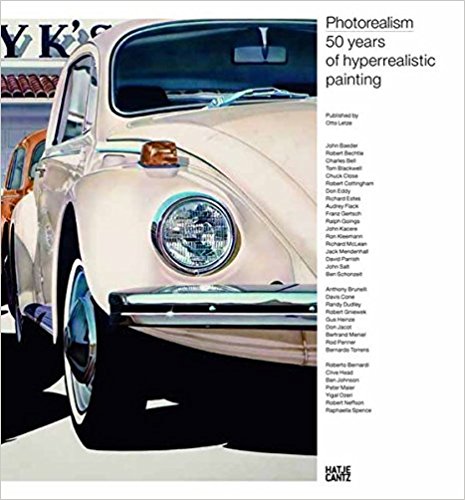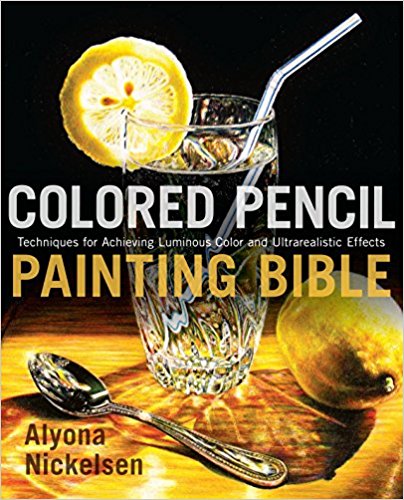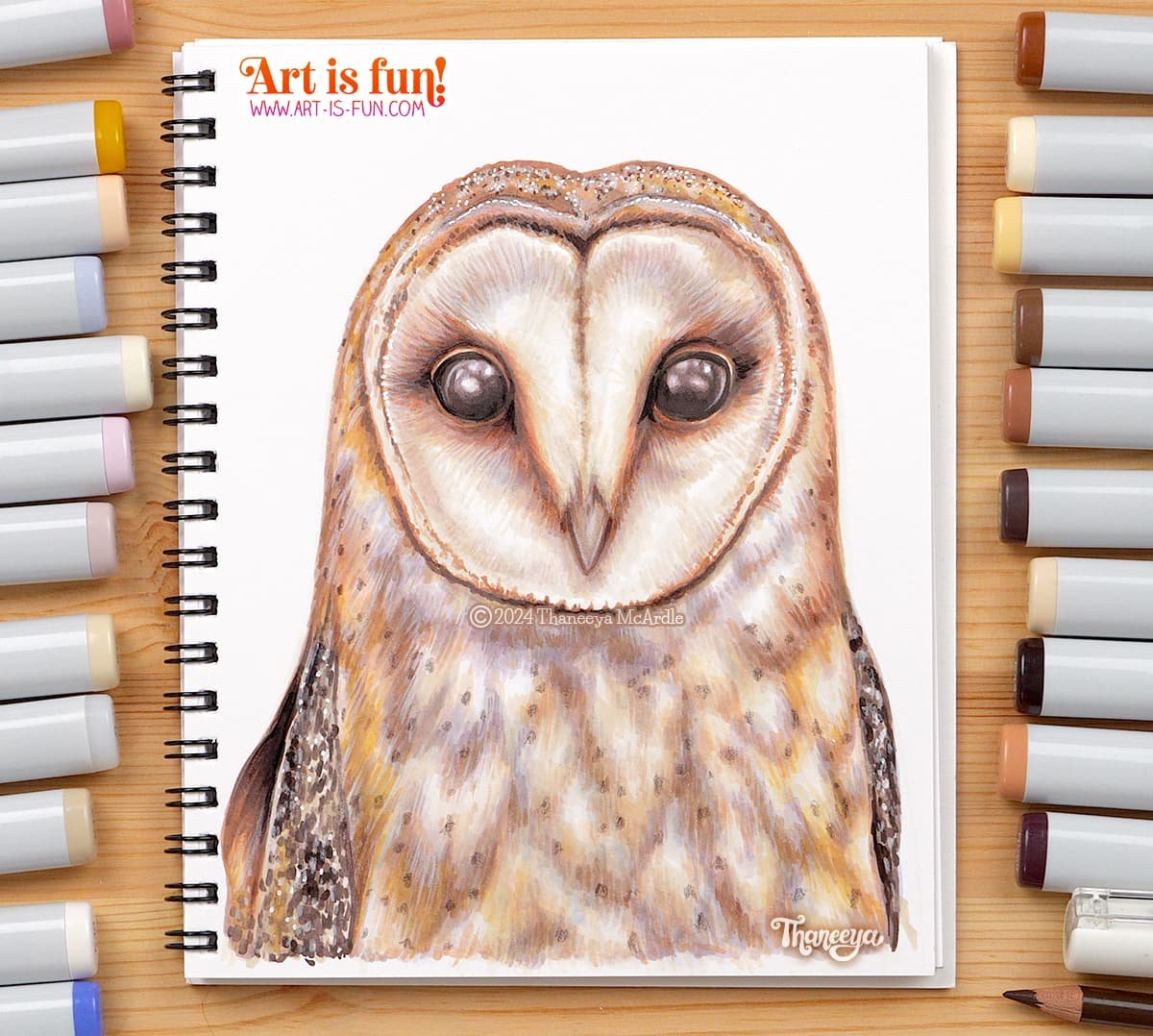Photorealism
Photorealism is an extremely realistic style of painting and drawing, in which the artwork is based entirely on a photograph. Photorealist art is most appreciated for its huge WOW! factor. People often mistake photorealist paintings for actual photographs. It sometimes takes a second look to realize that the artwork is actually a painting! That's part of the fun - realizing that the image before you is not a photo, but the painstaking work of a dedicated artist. Photorealist paintings take many hours to complete, requiring intense concentration and in-depth knowledge of the materials. The end result can be breathtaking and wondrously fun.
For instance, check out my photorealist painting titled Two Pink Cupcakes. Several people wrote to tell me that at first, they thought this image was a photo - until they read the description and learned that it was a painting!
See more of my photorealist paintings.
Overview of Photorealism
Photorealist artists strive to create paintings that resemble photographs as closely as possible. Photorealist art is also often referred to as Super-Realism, New Realism, Sharp Focus Realism, Verism, or Hyper-Realism, although technically each of these names falls under its own specific genre. They are all generally considered to be offshoots of Photorealism, emerging later with their own particular areas of concentration.
Brief History of Photorealism
Scott's Bridge Diner
Baeder, John
Photorealism was a primarily American art movement that emerged in the late 1960s and flourished in the 1970s. Photorealist artists were reacting against Abstract Expressionism, which for many years was the predominant painting style in the United States. Whereas Abstract Expressionism favored spontaneous application of the paint, with no pre-planning, Photorealist art required intricate pre-planning and careful replication of the chosen imagery. Photorealist art shares some similarities with the Pop Art movement, whose return to representational forms was also a reaction against the subconsciously-driven, process-oriented paintings of Abstract Expressionism. Both Photorealist Art and Pop Art feature recognizable imagery that is heavily based on consumer culture.
Subject Matter in Photorealism
Photorealist paintings usually depict commonplace objects or scenery, and sometimes portraits. The imagery is often banal and ordinary, capturing the "everydayness" of American life. Since Photorealist art primarily developed in the United States, the artwork is often steeped in nostalgic Americana. Images such as John Baeder's diner paintings reflect an iconic all-American urban landscape that is nearly extinct.
Photorealist Artists
Energy Apples
Flack, Audrey
Although the imagery in Photorealist artwork is traditionally banal and ordinary, that doesn't mean they have to be boring! Audrey Flack's richly colored still lifes and Glennray Tutor's vivid menagerie of toys and fireworks are two examples of Photorealist artists who depict ordinary objects in a flashy, fun-tastic way.
Famous Photorealist artists include: Ralph Goings, Richard Estes, Chuck Close, Charles Bell, Robert Cottingham, and Don Eddy.
Photorealist paintings are often quite large, often depicting objects many times larger than they actually are in real life. The paintings are usually done in oil or acrylic, either air-brushed or painted by hand with a paintbrush. Photorealist artists generally strive to make the surface of the painting as smooth as possible, without any visible brushstrokes, in order to make the painting closely resemble a photograph.
Making Photorealistic Artwork
Learn photorealistic alcohol marker techniques in Thaneeya McArdle’s Ultimate Guide to Using Alcohol Markers
Many artists do quicker, smaller-scale watercolor studies of the photograph to work out the details of color and composition, before embarking on the intensely-detailed production of a large-scale photorealist painting. In order to accurately transfer the image from the photograph to the canvas, photorealist artists use a mechanical or semi-mechanical means of transfer, such as a projector or the grid system.
If you want to know more about how to paint photorealistically, read my article about the process of making a photorealist painting in acrylics.
To learn about photorealistic alcohol marker techniques, check my Ultimate Guide to Using Alcohol Markers, where I show you step-by-step how to create the vibrantly realistic cherries shown here! Printable line art is included, so you can follow along and practice these realistic alcohol marker blending techniques at home, at your own pace, while creating your own eye-catching cherries.
My Photorealistic Artwork
You can see a small selection of my photorealistic paintings below. You can view more of my photorealism paintings and drawings in my gallery. I enjoy the process of photorealist painting, as it requires intense focus and concentration which usually leads to a rather meditative state of seeing and painting.
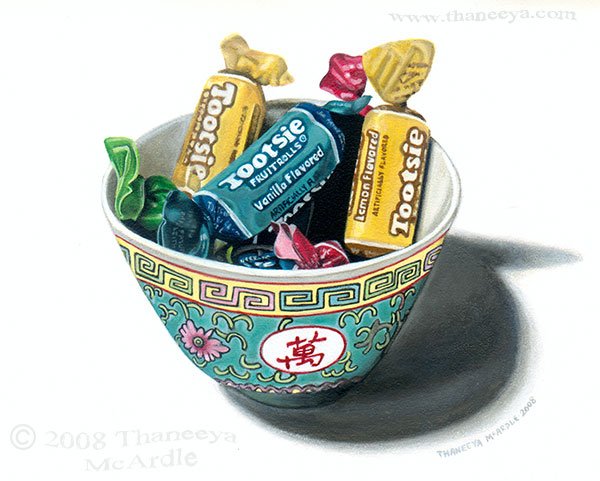
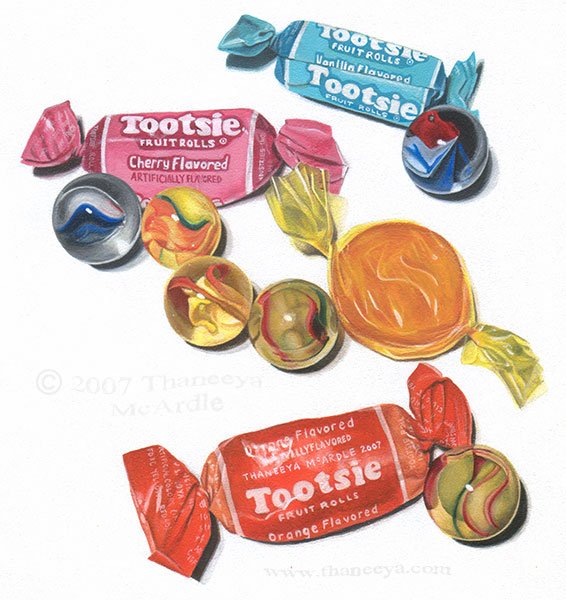
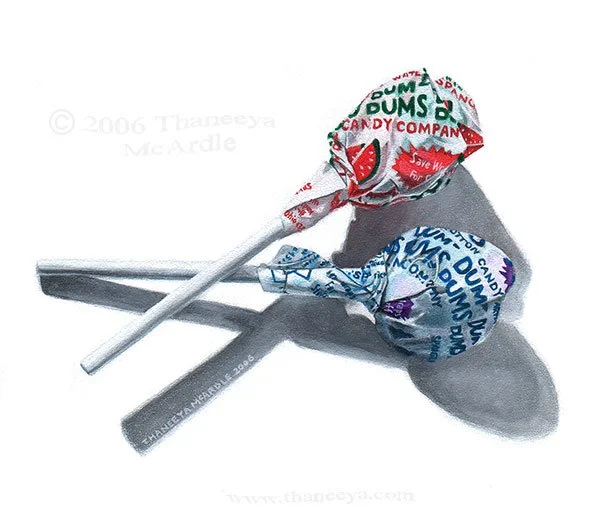
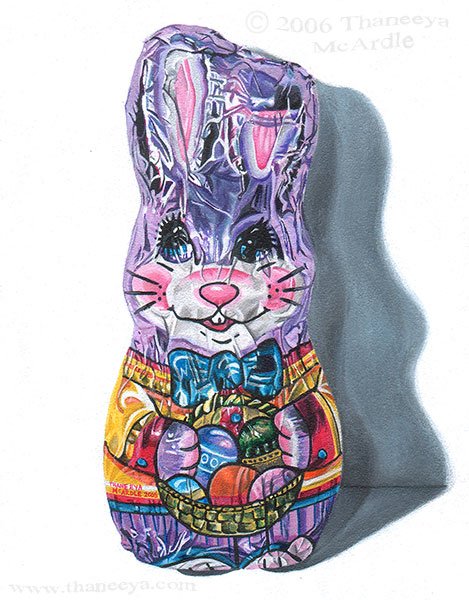
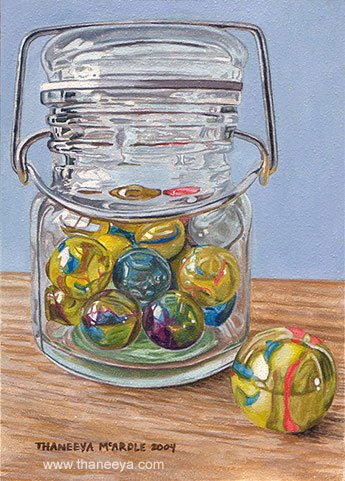
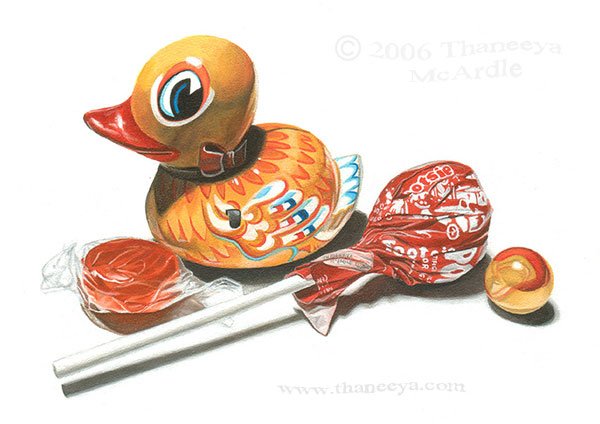
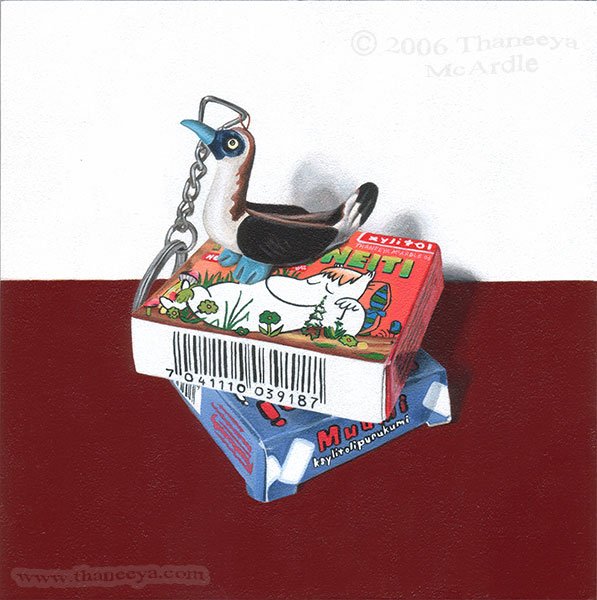
Learn how to paint your own photorealist paintings
Check out my in-depth guide:
How to Paint Photorealism: A Step-by-Step Guide on How to Paint Your Own Photorealistic Paintings - a free 15-page guide explaining the materials and methods to working in Photorealism. You see the Table of Contents below:
How to Paint Photorealistic Acrylic Paintings
Table of Contents
- Materials: Acrylic Paints
- Materials: Acrylic Mediums
- Materials: Paintbrushes
- Materials: Surfaces
- Materials: Reference Photo
- Materials: Varnish, Palette, etc.
- Transferring the Reference Photo
- How to Transfer the Photo: Projectors
- How to Transfer the Photo: Grid Method
- How to Transfer the Photo: Transfer Paper
- Getting Started: Underpainting
- Mixing Colors & Color Tips
- Acrylic Glazes & Blending
- Review
- Varnish
Part 1: Art Supplies
Part 2: Transferring the Photo
Part 3: Paint!
Special Tips: How to Paint Glass Objects Photorealistically
Read More
Read a current and historical overview of Photorealist painting techniques and methods. This is good to read before you embark on your own journey to create photorealistic paintings.
The books below are available on Amazon. As an Amazon Associate I earn from qualifying purchases.
Draw Realism with Alcohol Markers
Watch and learn the best alcohol marker techniques for realism as I draw this realistic owl from scratch!

